Climate change is reshaping how businesses operate. Investors demand greener portfolios, regulators enforce stricter emissions rules, and customers favor brands that act responsibly. Amid these pressures, one way businesses can take meaningful action is through carbon credits. It offers a practical tool for companies to address their environmental impact while pursuing long-term sustainability.
When used responsibly, carbon credits provide a bridge between a company’s current emissions and its future net-zero targets. They allow businesses to support real, measurable climate projects that reduce or remove carbon dioxide (CO₂) from the air.
This guide explains what carbon credits are, how they work, and how businesses can include them in their sustainability plans. We’ll also cover risks, market trends, and how OMARA can support businesses and project developers with transparency and trust.
What Are Carbon Credits?
A carbon credit is a tradable certificate that represents the reduction or removal of one metric ton of CO₂ or its equivalent from the atmosphere. Companies buy credits to “offset” emissions they can’t eliminate internally.
Each credit ties to a project, such as reforestation efforts, regenerative agriculture, renewable energy installation, or methane capture system. These projects either avoid new emissions or remove existing carbon from the air.
There are two key categories of carbon credits:
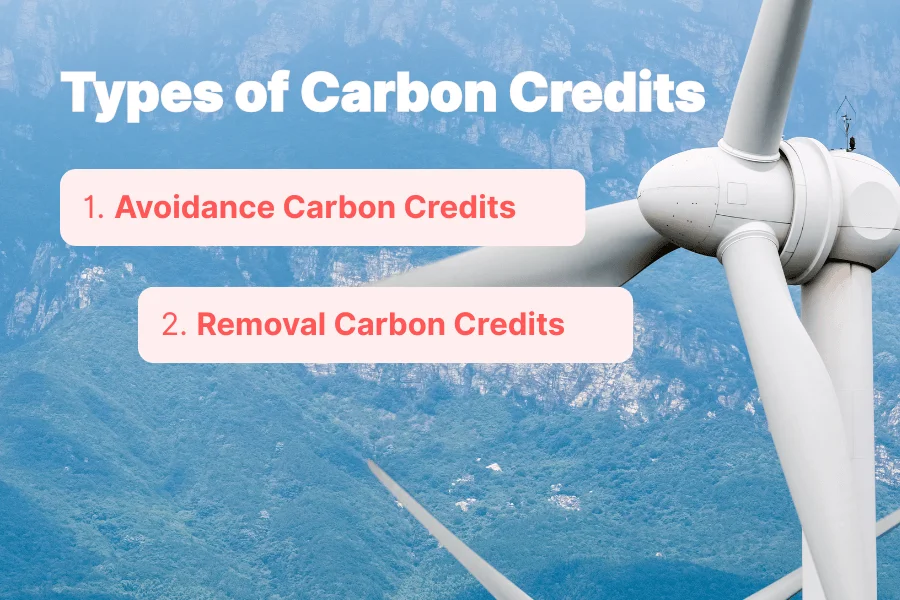
- Avoidance credits: These prevent future emissions. For example, a solar farm replacing coal-fired energy.
- Removal credits: These take carbon out of the atmosphere. For example, trees planted in a reforestation project.
Businesses use these credits to balance out emissions from operations, travel, logistics, or product manufacturing. High-quality credits allow companies to claim carbon neutrality or climate-positive status, provided they prioritize internal reductions first.
Compliance vs. Voluntary Carbon Markets
Carbon credits are traded in two types of markets:
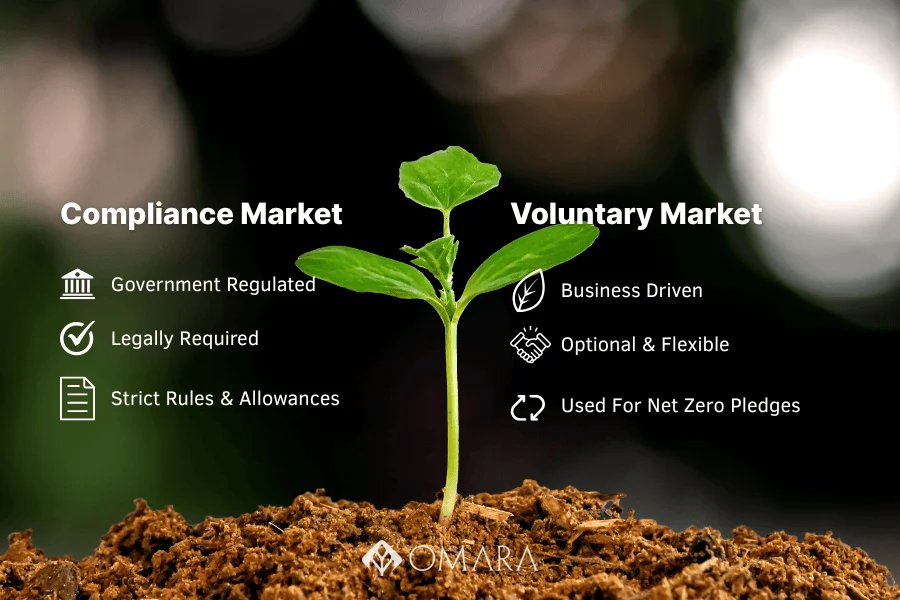
1. Compliance Markets
These are regulated by governments. Companies must offset emissions to meet legal requirements, often under programs like the EU Emissions Trading System. Here, credits are called allowances, and the rules are strict.
2. Voluntary Markets
These are optional. Businesses choose to offset emissions as part of their sustainability commitments. In the voluntary carbon market (VCM), companies buy credits to meet net-zero goals or reduce their reported carbon footprint.
Voluntary credits are verified by third parties and standards organizations, not by governments.
OMARA operates in the voluntary market, helping businesses access high-quality credits with full transparency.
Why Carbon Credits Matter for Businesses
Carbon credits aren’t a shortcut to sustainability. However, when used properly, they offer value across multiple areas:
1. Achieve Net-Zero Goals
Not all emissions can be eliminated right away. Carbon credits help businesses offset the emissions that remain, especially in hard-to-abate sectors like aviation, manufacturing, and logistics.
2. Meet Regulatory Expectations
Carbon pricing and emissions disclosures are becoming mandatory in many regions. . By using carbon credits, businesses can stay ahead of future compliance and reduce their risks.
3. Boost Brand Reputation
Customers and investors care more about climate change than ever. Businesses that offset emissions with credible projects show they take responsibility and lead in climate action.
4. Support Innovation
By funding projects in renewable energy, soil restoration, or carbon capture, companies help the development of important solutions for climate change.
5. Improve Supply Chains
Some businesses invest in offset projects within their own supply chains (called insetting) to lower Scope 3 emissions and build resilience.
Not All Credits Are Equal
The carbon market is growing, and with it, concerns about quality and transparency. Poor-quality credits can lead to greenwashing, where businesses claim environmental benefits that aren’t real or don’t stand up to scrutiny. To ensure your carbon credits have a real impact, look for these characteristics:
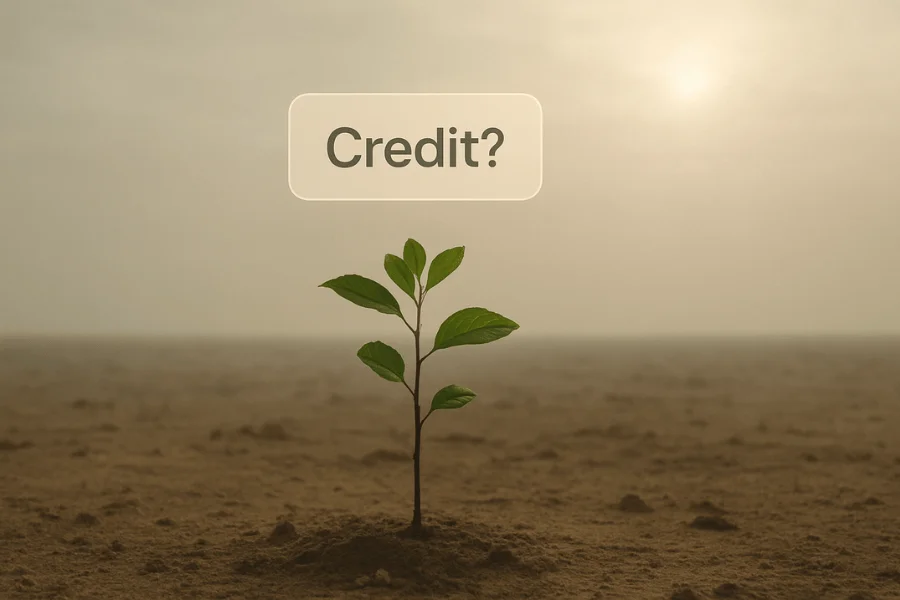
- Additionality: The project wouldn’t have happened without carbon credit funding.
- Permanence: The emissions removed or avoided won’t return (for example, forests won’t be cut down).
- Verification: Credits must be certified by third-party standards like Verra, Gold Standard, or Climate Action Reserve.
- Traceability: You should be able to track the origin, its impact, and retirement of each credit in a public registry.
- No Double Counting: Emission reductions should not be claimed by more than one party.
OMARA ensures all credits listed on our platform meet these standards.
Current Market Trends (2024–2025)
The voluntary carbon market is evolving. Here’s what you need to know:
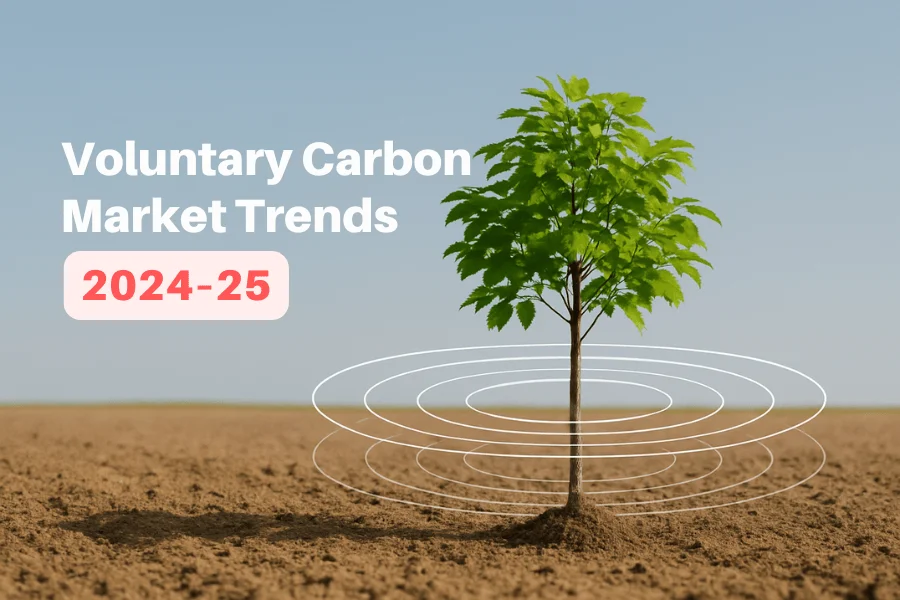
- Market size: In 2024, voluntary carbon credit transactions were valued at around $1.4 billion [Source: MSCI]
- Price trends: Average prices dropped to $4.8 per ton, but high-quality credits, like carbon removals, can sell $200 to over $1200. [Source: Carbon Credits]
- Credit types: Most retired credits in 2024 came from avoidance projects. However, interest in removal credits, such as reforestation or direct air capture, is increasing quickly. [Source: Carbon Credits]
- Quality shift: Buyers now want high-quality credits that meet strict standards like the Core Carbon Principles (ICVCM). Nearly 50% of credits retired in 2024 met these standards. [Source: DGB]
- Policy integration: New regulations are being developed. The EU plans to start a Carbon Removal Certification Framework in 2025. Other countries are looking into border carbon adjustments. [Source: Jones Day]
In this maturing market, trust and data are key—which is where technology makes a difference.
How OMARA Brings Trust to Carbon Offsetting
OMARA is built to simplify climate action and improve accountability. Our platform connects buyers and suppliers directly, cuts out middlemen, and ensures quality.
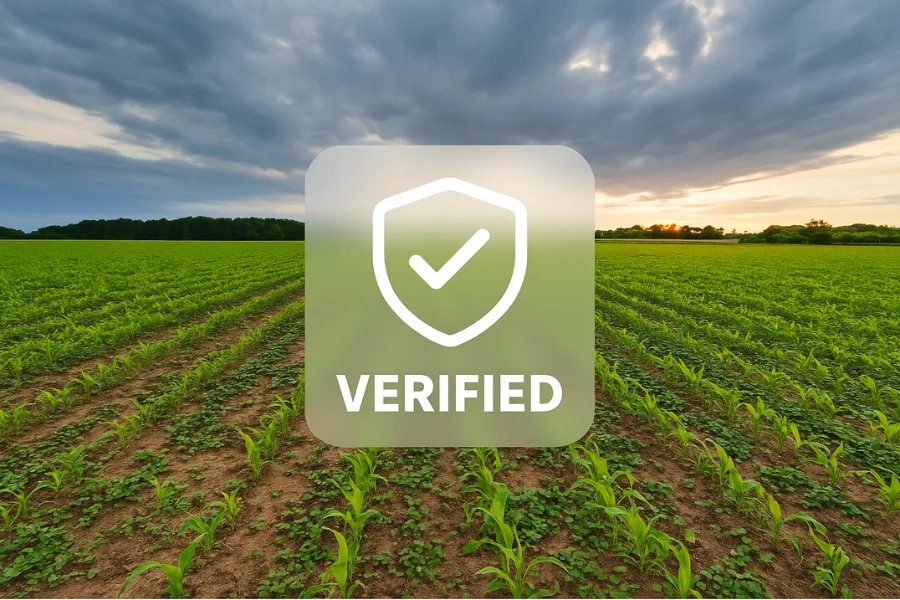
Here’s how OMARA helps:
1. Vetted Credits Only
We only list high-quality projects that meet strict standards. These include afforestation, clean energy, soil carbon, and engineered removals.
2. Digital MRV (D-MRV) System
Our Digital Monitoring, Reporting, and Verification (D-MRV) system uses real-time data and technology to track carbon storage. This gives buyers confidence that credits truly reflect verified outcomes, not just estimates.
3. Full Transparency
Each project on our platform has a dedicated profile with clear metrics, verification details, and tracking tools. Buyers can access retirement certificates, trace credit serial numbers, and export reports for disclosures or audits.
4. Streamlined Buying
We remove friction from the credit purchase process. Whether you’re offsetting 10 tons or 10,000, OMARA offers a user-friendly interface, flexible credit bundles, and direct sourcing from trusted developers.
5. Support for Suppliers
Project developers can use OMARA to list their credits, reach global buyers, and boost visibility. Our platform also supports early-stage project financing.
OMARA is more than just a marketplace. It’s a hub for climate accountability, driven by science, data, and transparency.
Risks and How to Avoid Them
Carbon credits are only effective if used thoughtfully. Here are the main risks and how to manage them:
| Risks | How to avoid |
|---|---|
| Greenwashing | Use credits along side internal reduction. Be transparent in claims. |
| Low-quality credits | Buy only from verified, traceable projects listed on trusted platforms. |
| Double counting | Ensure credits are retired in a registry and not used elsewhere. |
| Volatility | Prices can fluctuate. Consider forward contracts to lock in supply and rates. |
| Policy changes | Stay informed about rules like Article 6, EU CBAM, or national regulations. |
The Role of Carbon Credits in the Bigger Picture

Carbon credits are a vital part of global climate action. They help businesses take immediate responsibility for their emissions while accelerating progress toward net-zero goals. Think of them as a tool that:
- Enables immediate and measurable climate impact
- Channels essential funding to high-impact climate solutions
- Helps businesses meet ambitious sustainability and disclosure goals
- Strengthens environmental leadership and accountability
When used strategically, credits can help companies to drive real change and contribute to a thriving, low-carbon future.
Final Thoughts
Businesses that act on climate issues now stand to gain, not only in their reputation but also in resilience and market leadership. Carbon credits make this action practical. But the key is quality, transparency, and intent.
At OMARA, we believe that every credit should represent a real impact. Our platform is built to ensure that. Whether you’re buying your first offset or scaling a global climate program, we’re here to help you do it right.


